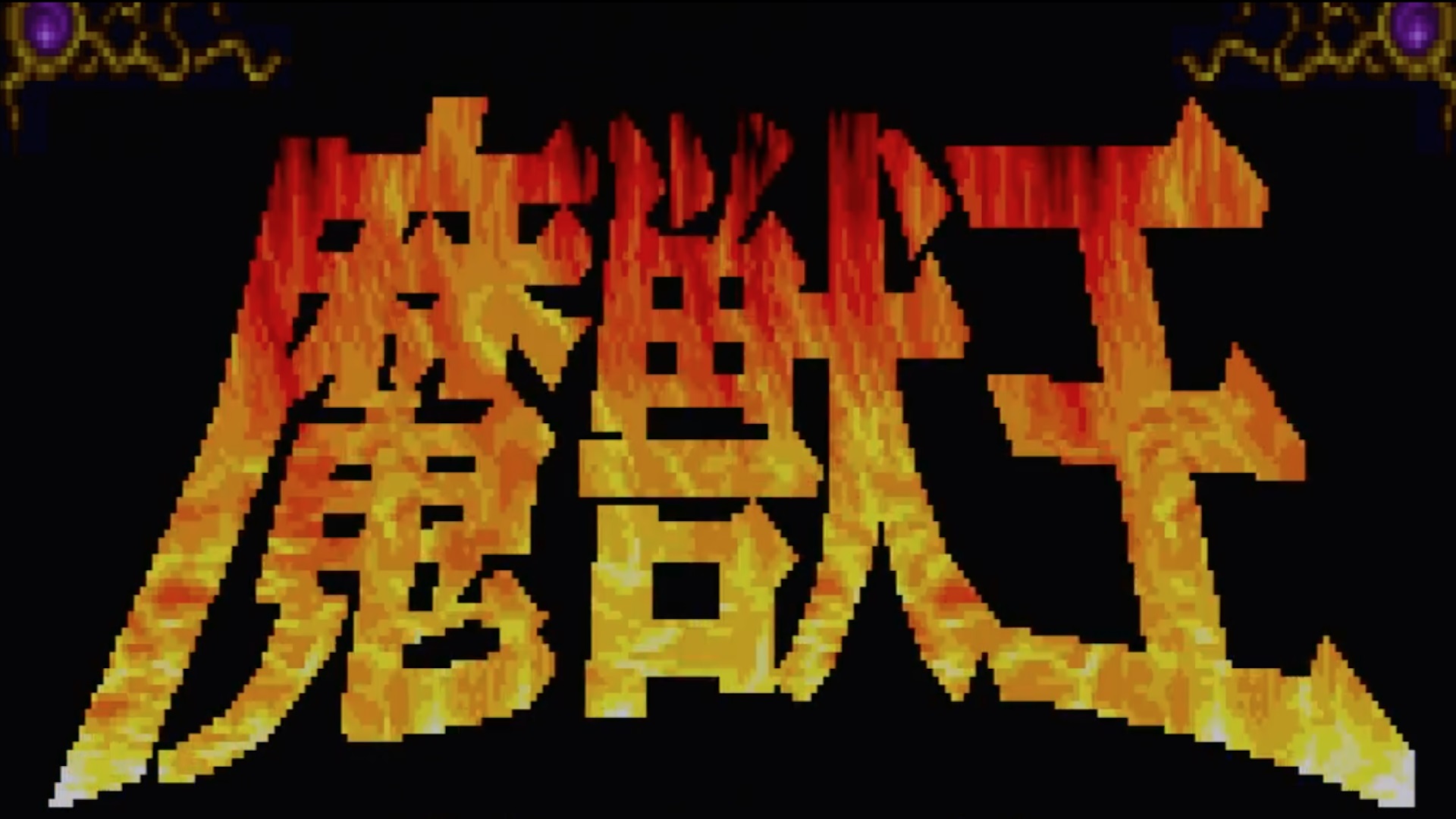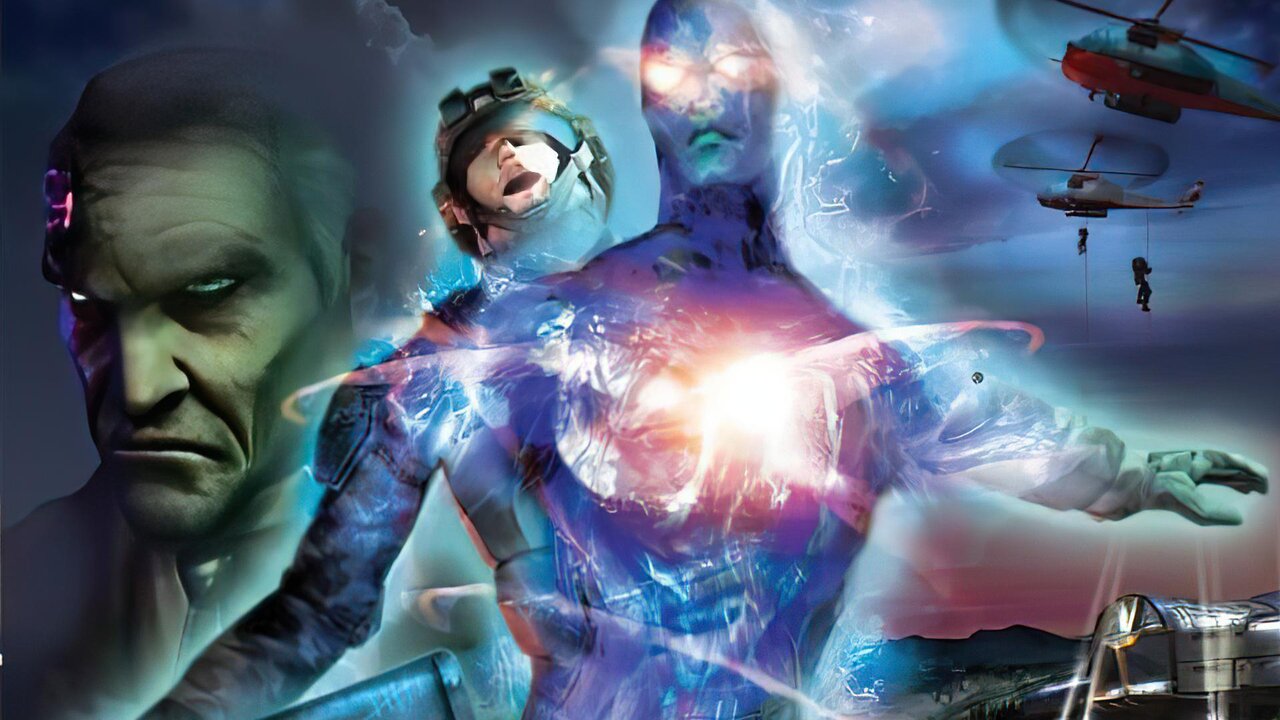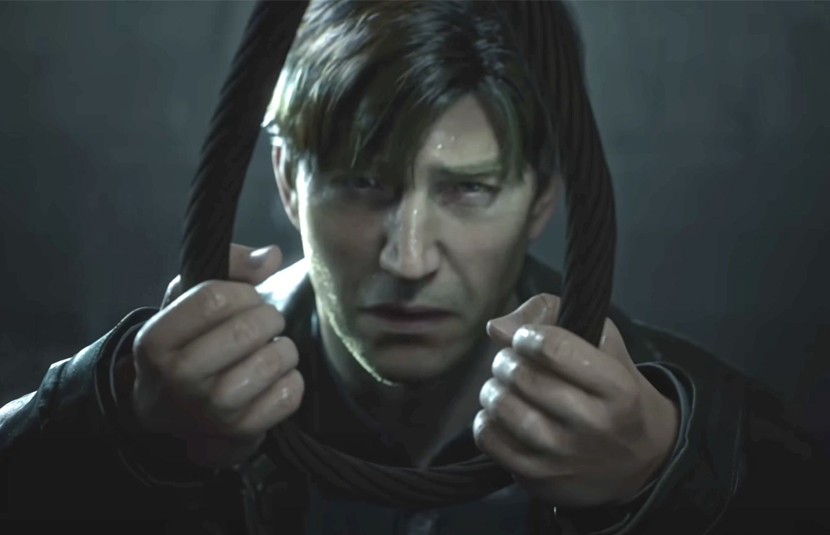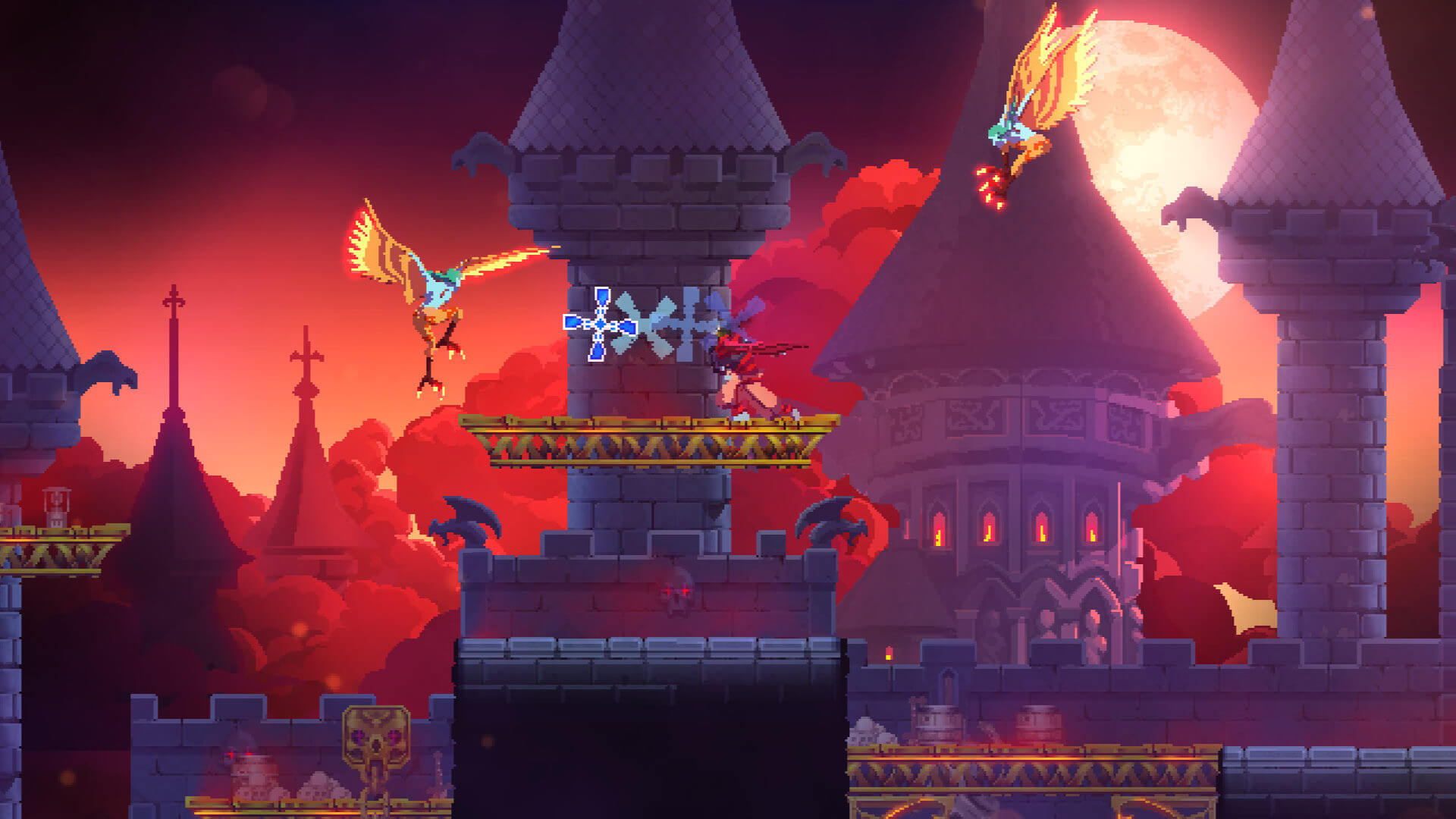
Majyūō: The Demonic Mix of Castlevania and Contra North America Never Got
If the early and mid-1990s could be summed up in one genre of video game, it would absolutely be the humble 2D sidescrolling platformer.
On the Sega Genesis, these ranged from the momentum-based antics of Sonic the Hedgehog to the grappling goodness of Ristar to even the frantic firepower-filled fun of Gunstar Heroes. Over in the Super Nintendo camp, there were family-friendly timeless classics such as Super Mario World and Yoshi’s Island, the engrossing and dystopian Mega Man X, and even experimental titles such as Actraiser, which dared to combine traditional platforming challenges with SimCity-esque worldbuilding.
But one company is notable for its titles on both of these systems. Whether you were a Sega fan or a Nintendo fan, you could count on there being incredible titles available for your system of choice from Konami.
In particular, there are two series that set the stage for the game we’re covering today. One is the hard as nails run ’n gun Contra. First released in arcades but made truly popular by its showings on the NES, Contra titles feature fast-paced shooting action, characters who feel straight out of an ‘80s action flick, and stages that often feature mechanical or alien aesthetics.

The other, though, is one of the granddaddies of the horror gaming genre, Castlevania. Following the pursuits of the Belmont family as they battle against the forces of Count Dracula, Castlevania games themselves aren’t really horror titles so much as traditional platformers that feature a gothic horror aesthetic. Titles from the SNES/Genesis era include Castlevania Bloodlines and Super Castlevania 4, the latter of which made extensive use of rotation effects and massive on-screen sprites.
Neither Castlevania or Contra are our focus today, though. Rather, these are two series that would very clearly influence one of the best horror-themed platformers to never leave Japan.
This is Majyūō. That’s also sometimes spelled as Majyuuou or just called by its translated name, The King of Demons. Though it wasn’t created or published by Konami, it absolutely pays homage to their titles from this era.
Developed by Nihon Soft System and released exclusively on the Super Nintendo in August 1995, it seems like a title that was destined for obscurity. Copies were in limited supply and, as of 2021, original copies sell for hundreds of dollars each on eBay.

Yet, a cult following did form around this title. A fanmade English translation is available for free, and a new print of cartridges was released in Japan in 2018, over two decades after the original release.
As for why Majyūō never left Japan, I think that’s pretty obvious. Nintendo of America had a pretty strict policy prohibiting overt religious imagery in games back in the day, and Majyūō involves the main character, Abel, fighting against the literal forces of Lucifer.
It’s actually a bit darker than that. At the beginning of the game, Abel is betrayed by his longtime friend, Bayer, who sacrifices his family to the Devil in order to gain super powerful demonic powers of his own. Abel, guided by his dead wife’s spirit, then must go up against Bayer and stop demons from wrecking havoc on the world.
Aesthetically, the game looks very Castlevania-esque, with inspiration in particular coming from Super Castlevania 4. Instead of starting in Bayer’s fortress, you begin the game outside, and must trek to the fortress itself before going through the levels inside.

Where the Contra inspiration comes in, though, is in how Abel controls. Abel’s sprite is rather small – looking more like something you would expect from your average Sega Genesis game instead of from a SNES title. But what he lacks up for in size, he makes up for in ability.
Abel has a very stiff jump, just like Castlevania’s Belmonts, but his basic mid-air control is still pretty good because he has a double jump. As for his weapon of choice, though, he comes wielding a literal gun.
What separates Majyūō from Konami’s offerings, though, is its main mechanic. After defeating a boss (most of which are very large and menacing, especially compared to Abel), you are given the option to pick up a gem, which changes colour every few seconds. Depending on what colour the gem is when you pick it up, Abel will turn into one of several demonic forms.
These demon forms will allow increased mobility and come with different types of projectile weapons. From charged-up explosive arc shots to piercing laser beams, these are just some of the different shots you can toy around with throughout Majyūō. The only annoyance with this system is that, if you collect a gem of the same colour of the form you are already in, you will get no power up or additional form change, which is kind of lame.

Majyūō is such a unique title. A lot of the basic sprites look like they are taken straight from a lost Genesis title, but the large bosses and the rich soundtrack make it clear that this game was built with the SNES in mind.
Some of the bosses and mid-bosses look incredibly creepy, too! In the first stage alone, you have to escape from a giant alien-looking worm in a sequence that keeps you on the edge of your seat. It’s easy to see why, despite never getting a Western release, folks from around the world would flock to this title.
I don’t think that high price is justifiable, though. Complete in box copies can sell for nearly $600 CAD, with even the 2018 reproductions selling for over $100. It’s a fantastic title, but also one that is sought after by collectors.

Maybe the price is a side effect of it never getting a proper re-release. Despite the advent of digital storefronts, the only ever Majyūō re-release came via that run of reproduction cartridges in 2018.
It’s a shame. Majyūō is an incredible amalgamation of what a lot of folks – myself included – love about SNES-era platformers. It has a cool demonic setting and manages to combine a lot of what made Contra and Castlevania titles from this console generation so great, but it brings enough new to the table to still mostly have its own identity. With how hard it is to get ahold of nowadays, though, I can only hope that whoever owns the rights to it will re-release it soon. This one is worth playing any way you can.




